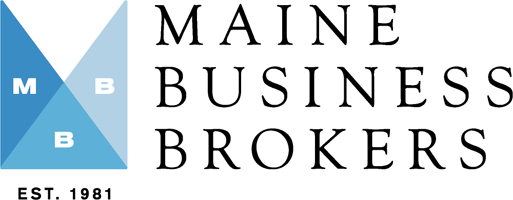Buying and Selling a Business Simplified. Know the Three “P’s”.
Most people will only buy or sell a business once in their life; it’s usually not a process that they understand. Buying or selling a business is very different than real estate transactions or other asset sales: it can take up to 18 months to have a successful closing; valuations can seem subjective; the tax implications can be complicated for both sides of the deal; and the closing documents and supporting schedules can be legally complex.
There is a learning curve, so sometimes it’s initially easier to distill these complexities down to simple acronyms and rules of thumb. In marketing, we have the “Four P’s”: Price, Product, Promotion and Place” that are used to simplify and summarize a business marketing strategy. I have developed a similar model, the “Three P’s” in business brokerage, as a quick tool for both buyers and sellers to create a framework for understanding business salability. The “Three P’s” are People, Product, and Performance. This is a simple tool to understand the salability and appeal of a business that directly drives actual valuation.
People. A business’s human resources are a critical factor when buying or selling a business. Not only should the owner be replaceable, but key employees who hold institutional knowledge should be willing to continue with a new owner. A business is hard to transfer if senior management intend to retire or leave at the same time as the current owner. With a historically low unemployment rate, buyers don’t want to re-staff a business with new employees or worse, assume a business that is under-staffed. A properly staffed and managed business will be easier to sell and will demand a higher valuation.
Product. What industry is the business in? What is the product or service the business provides? Consumer trends, industry changes and technological advances can make some businesses appealing and others obsolete. Can the product be outsourced? Replaced with another product or service? Is the market saturated with competitors and shrinking margins? Can Amazon or another disrupter enter the space? Is the product or service discretionary and sensitive to an economic downturn? Buyers are looking for stable or growth opportunities and businesses that are struggling to remain competitive will be difficult to sell. That reality will be reflected in the valuation.
Performance. Buyers will acquire a business based on future opportunity, but only pay for past performance. Generally, buyers look at the past 3-5 years and use an average or adjusted trend line to determine a business valuation. If the business is flat or in decline it could be difficult to sell. Business owners will need to adequately explain a downturn in performance or make an effort to turn things around and grow the business for at least a year prior to going to market.
Obviously, the factors contributing to business valuation are much more complex and should be addressed by an experienced professional. But if you are in the process of buying a business, or considering selling, understanding the “Three P’s” is a useful tool for framing valuation in a simple, easy to explain way.

